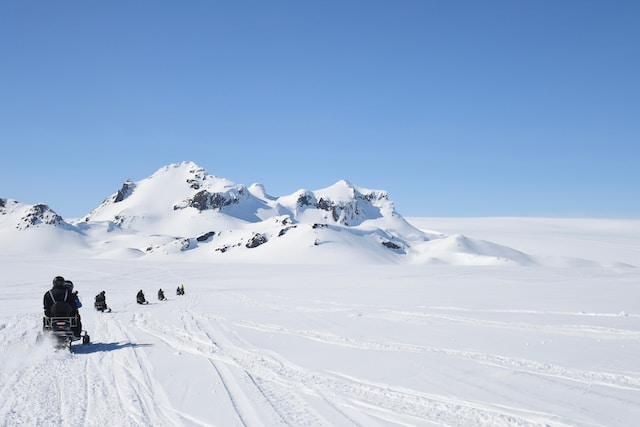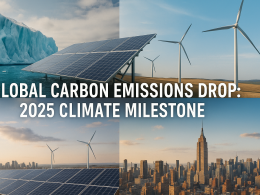Introduction:
Europe’s majestic glaciers, once symbols of pristine natural beauty and geological wonder, are now facing an unprecedented threat. As the planet warms, these icy giants are rapidly melting, alarming scientists and raising concerns about the long-term consequences for the environment and society. The rate of Europe’s glacier meltdown has reached alarming levels, demanding urgent attention and action.
1. Glaciers in Peril:
Europe is home to several iconic glaciers, including the Swiss Alps, the Norwegian fjords, and the mighty glaciers of the European Arctic. These ice formations are not only breathtaking but also crucial for maintaining water resources, supporting ecosystems, and contributing to the stability of the global climate.
2. Accelerated Melting:
Scientists have observed a significant increase in the rate of glacier melting across Europe in recent decades. Rising temperatures, triggered by climate change, have caused glaciers to lose mass at an alarming pace. This accelerated melting threatens to disrupt ecosystems, alter river flows, and exacerbate the risk of natural disasters.
3. Impact on Water Resources:
Glaciers act as natural reservoirs, storing water in the form of ice and gradually releasing it during the warmer months, ensuring a steady water supply for communities and agriculture. The rapid melting of glaciers has severe implications for water resources, particularly in regions that rely on glacier-fed rivers for drinking water, irrigation, and hydropower.
4. Environmental Consequences:
Glacier meltwater contributes to the sustenance of diverse ecosystems, providing habitats for unique species of flora and fauna. As glaciers shrink, these ecosystems face an uncertain future. Changes in water availability and temperature can disrupt delicate ecological balances, leading to the loss of biodiversity and the collapse of fragile ecosystems.
5. Rising Sea Levels:
The melting of European glaciers also contributes to rising sea levels. As glaciers retreat and discharge their meltwater into the oceans, coastal areas become more vulnerable to flooding, erosion, and saltwater intrusion. This poses a direct threat to coastal communities, infrastructure, and important economic sectors such as tourism.
6. Cultural and Recreational Loss:
Europe’s glaciers hold cultural and recreational significance for local communities and visitors alike. They are cherished landmarks, attracting tourists, mountaineers, and winter sports enthusiasts from around the world. The loss of these glaciers not only diminishes the cultural fabric but also impacts the economy, as tourism and related industries suffer.
7. Mitigation and Adaptation Efforts:
To address the alarming rate of glacier meltdown, European countries are implementing mitigation and adaptation strategies. These include reducing greenhouse gas emissions, promoting renewable energy sources, developing water management plans, and raising awareness about the importance of preserving glaciers.
8. The Role of International Cooperation:
Protecting Europe’s glaciers requires international collaboration. Countries must work together to implement climate change mitigation policies, share scientific knowledge, and establish frameworks for preserving and monitoring glaciers across borders. Cooperation is essential to tackle the global challenge of climate change and its impact on glaciers.
9. The Need for Urgent Action:
The rapid melting of Europe’s glaciers serves as a stark reminder of the urgency to combat climate change. Bold actions are needed at both individual and collective levels to reduce greenhouse gas emissions, transition to sustainable practices, and preserve the natural wonders that define our planet.
Conclusion:
Europe’s glaciers are vanishing at an alarming rate, driven by the effects of climate change. The consequences of this rapid meltdown are far-reaching, affecting water resources, ecosystems, and coastal areas. Preserving these icy wonders requires immediate action, including concerted efforts to mitigate climate change and adapt to its impacts. By addressing the alarming rate of glacier meltdown, we can safeguard the environment, protect communities, and preserve the natural heritage for future generations.












